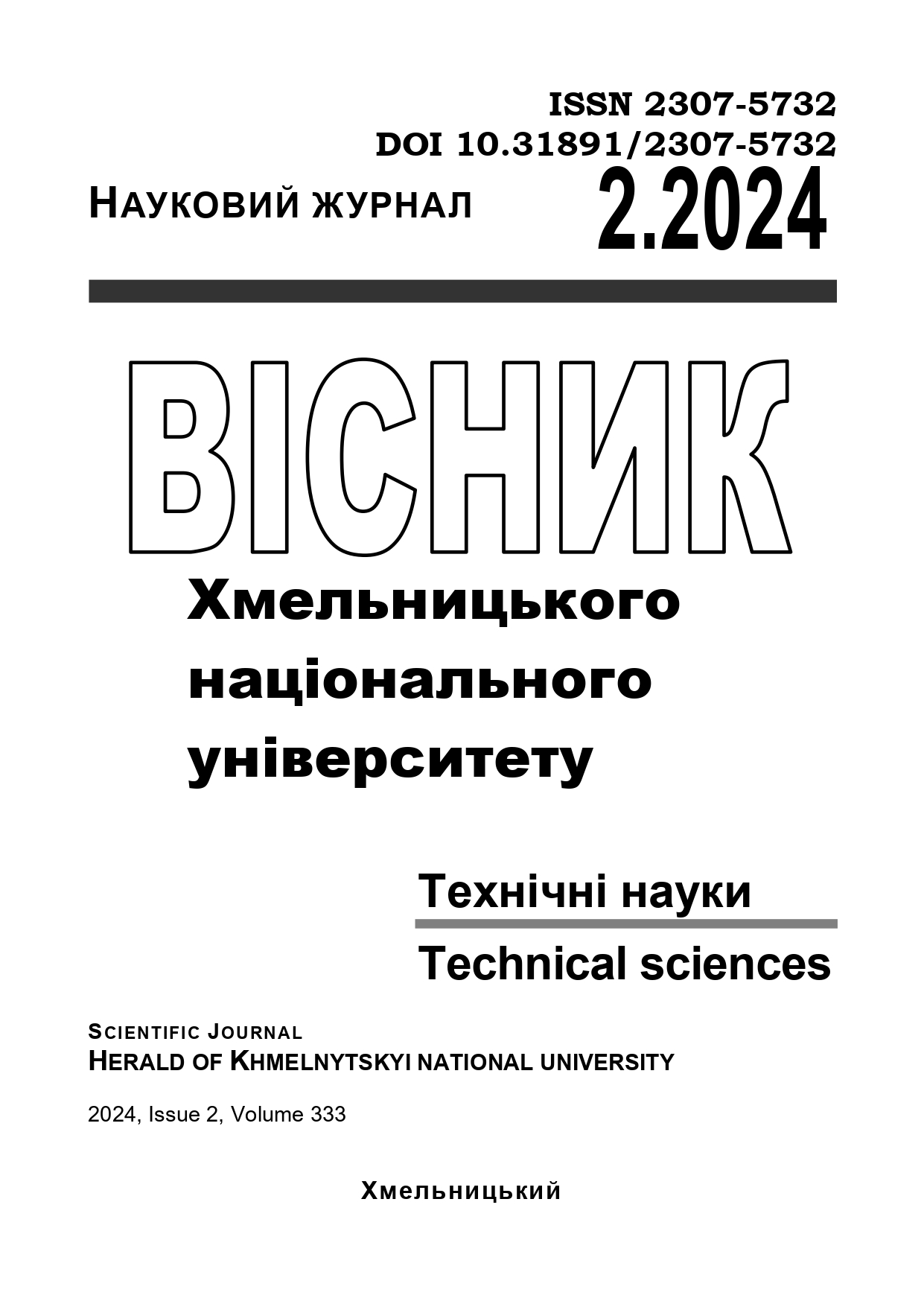MODERN METHODS OF MALWARE DETECTION
DOI:
https://doi.org/10.31891/2307-5732-2024-333-2-60Keywords:
malware, cybersecurity, information security, signature analysis, heuristic methods, neural networksAbstract
Modern information society faces an ever-increasing threat of malware, which requires continuous improvement of detection and control methods. This paper presents an overview and analyses different approaches to malware detection. Traditional methods such as signature analysis and euristic methods continue to be important tools in cybersecurity. However, with the emergence of new threats and technologies, there is a need to develop and apply modern approaches to malware detection. Static and dynamic analyses of program code provide additional opportunities to detect hidden and evolving threats. Innovative techniques, such as neural networks and code-to-image, offer new perspectives on malware detection. Neural networks capable of learning from large amounts of data can effectively detect complex patterns in malware behaviour. Converting a sequence of bytes of code into images allows information about the code to be presented in a new context. Using deep learning to analyze images opens up new opportunities in malware detection. However, these innovative methods also face challenges such as complexity of model training and computational resource requirements. Continuous improvement and development of detection methods is necessary for effective malware detection. An important area of research is to develop methods that can detect new and unknown threats. The combination of different approaches and technologies can provide better protection of information systems from cyberattacks. The development of advanced malware detection techniques is critical to security in the digital environment. Further research and development in this area is key to ensuring that information systems are protected from ever-evolving cyber threats.

